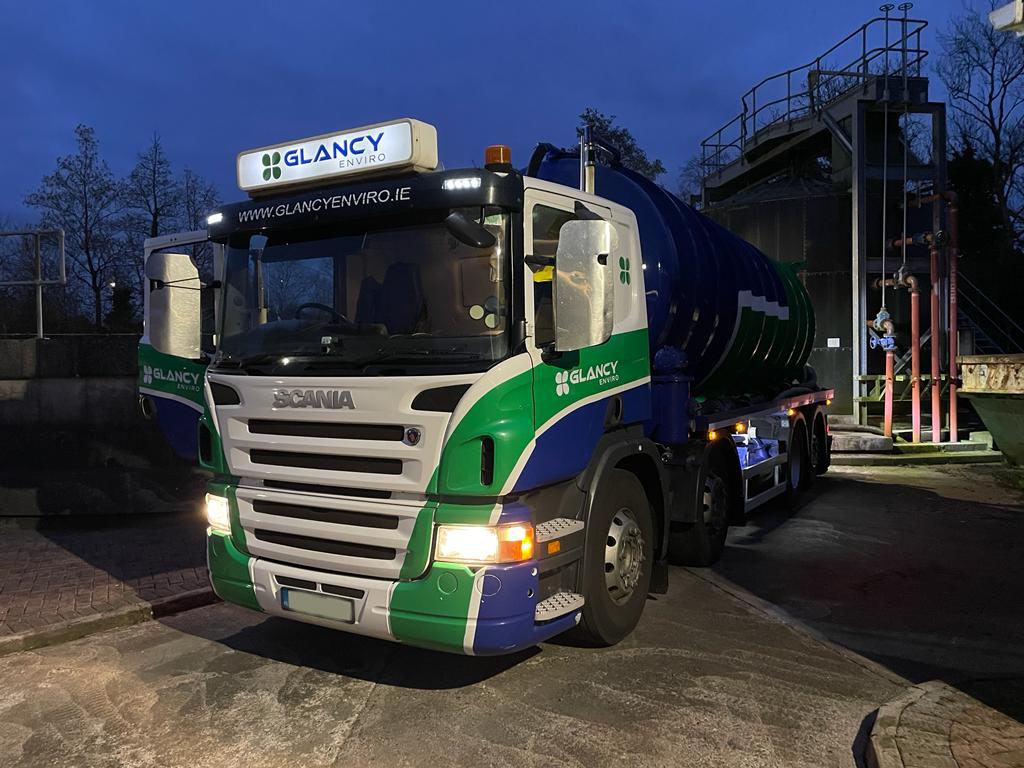Indicators on Reclaim Waste You Need To Know
Table of ContentsRumored Buzz on Reclaim WasteAn Unbiased View of Reclaim WasteThe Main Principles Of Reclaim Waste Unknown Facts About Reclaim WasteGetting The Reclaim Waste To Work
Residential sewage waste refers to the waste and products from a household septic tank. The appropriate management and disposal of domestic sewer waste require liquid waste to be transferred to a sewage treatment plant where the correct methods and tools are applied to detoxify and dispose of waste.
Commercial waste usually includes potential risks, such as combustible materials or a blend of fluid and solid waste products, and needs an advanced and thorough disposal procedure. The disposal of commercial waste normally entails the filtering of waste before transportation to make sure safe and appropriate disposal. Hazardous waste is created from byproducts and runoff of industrial procedures and production.
This sort of waste can not make use of the same sewage administration transportation or processes as septic or industrial fluids. The hazardous waste monitoring process needs the examination and testing of fluid waste before it undergoes the disposal process (liquid waste removal melbourne). Overflow waste is the liquid waste that comes from overflow and excess stormwater in highly booming locations or cities
Runoff waste can cause contamination and flooding if not dealt with effectively. Find out more concerning drain cleansing and waste monitoring. Ensuring correct waste administration can avoid catastrophes and reduce environmental harm. Both people in household settings and specialists in business or manufacturing markets can gain from understanding the processes and regulations of fluid waste monitoring.
8 Easy Facts About Reclaim Waste Described
Call PROS Providers today to find out about our waste administration and disposal services and the correct methods to look after the liquid waste you generate.
(https://packersmovers.activeboard.com/forum.spark#comment-71317007)Do you know what takes place to your water when you end, purge the commode or drain the washing device? No? Well, it deserves knowing. This so-called 'wastewater' is not just a crucial resource however, after treatment, will certainly be released to our land, rivers or the sea. Utilized water from bathrooms, showers, bathrooms, cooking area sinks, laundries and commercial processes is referred to as wastewater.

water made use of you could look here to cool equipment or tidy plant and tools). Stormwater, a type of wastewater, is drainage that moves from agricultural and metropolitan locations such as roof coverings, parks, gardens, roads, courses and seamless gutters into stormwater drains pipes, after rain. Stormwater flows unattended directly to regional creeks or rivers, ultimately getting to the ocean.
The Buzz on Reclaim Waste
In Queensland, the majority of wastewater is treated at sewer treatment plants. Wastewater is carried from residential or industrial websites via a system of sewers and pump terminals, known as sewage reticulation, to a sewage therapy plant.
The Department of Natural Resources advises city governments concerning handling, operating and maintaining sewerage systems and therapy plants. In unsewered locations, regional governments may require householders to install individual or house sewer therapy systems to deal with domestic wastewater from toilets, kitchens, restrooms and laundries. The Division of Natural Resources authorises the use of home systems when they are proven to be effective.
Most stormwater obtains no therapy. In some new neighborhoods, treatment of some stormwater to get rid of trash, sand and crushed rock has actually begun making use of gross toxin catches. Wastewater treatment takes place in 4 stages: Gets rid of solid issue. Bigger solids, such as plastics and other things wrongly discharged to drains, are removed when wastewater is passed via displays.
Wastewater after that streams into big storage tanks where solids settle and are gotten rid of as sludge. Grease and residue are skimmed from the surface. Utilizes little living microorganisms called micro-organisms to break down and get rid of remaining dissolved wastes and great bits. Micro-organisms and wastes are integrated in the sludge. Eliminates nitrogen and phosphorus nutrients that can cause algal flowers in our waterways and threaten aquatic life.
Little Known Facts About Reclaim Waste.
Nutrient elimination is not offered at all sewer therapy plants due to the fact that it needs pricey specialized tools. Clear fluid effluent generated after therapy may still consist of disease-causing micro-organisms - liquid waste disposal.

Most wastewater streams into the sewage system. Under the Act, local governments administer authorizations and permits for eco relevant activities (Ages) including wastewater releases that might have a local effect.
Getting The Reclaim Waste To Work
Or else, samples are taken for research laboratory analysis. Frequently lots of examinations are needed to establish the degrees of each of the various pollutants such as oils, hefty metals and pesticides in water. Tracking offers valid information concerning water quality and can confirm that permit problems are being met. The info obtained through tracking offers the basis for making water top quality choices.